纳米Ti02合成方法研究毕业论文
2020-04-23 20:10:27
摘 要
纳米TiO2作为纳米材料的新兴材料之一,具备许多优异的性能, 被人类广泛的应用在化妆品合成,环境保护,有害气体的处理,汽车涂料生产,气体净化等方面。
本论文使用溶胶-凝胶法和硬脂酸凝胶法合成纳米TiO2。使用钛酸四丁酯为原料,在溶胶-凝胶法中改变合成条件,即改变n无水乙醇/n钛酸丁酯的值、n蒸馏水/n钛酸丁酯的值、反应体系的pH值,对产物进行分析。实验结果表明:在溶胶-凝胶法中,当溶剂摩尔配比增加时,凝胶时间变长,晶粒尺寸增大;当反应体系的pH值以及水的摩尔配比增加时,凝胶时间变短,晶粒尺寸减小。两种方法合成的样品在红外谱图中都有TiO2的特征振动峰。溶胶-凝胶法合成的产物经500℃煅烧后物相为锐钛矿相,硬脂酸凝胶法的产物经500℃煅烧后物相为金红石相。
关键词:纳米TiO2合成 溶胶-凝胶法 硬脂酸凝胶法
Study on the synthesis method of nano-TiO2
Abstract
As one of the emerging materials of nanomaterials, nano-TiO2 has many excellent properties and has been widely used in cosmetics synthesis, environmental protection, harmful gas treatment, automotive coating production, gas purification and so on.
In this paper, nano-TiO2 was synthesized by sol-gel method and stearic acid gel method. Using tetrabutyl titanate as a raw material, the synthesis conditions were changed in the sol-gel method, that is,molar ratio of anhydrous ethanol and butyl titanate,molar ratio of distilled water and butyl titanate,pH value of the reaction system to analyse the product.The results show that in the sol-gel method, when the solvent molar ratio increased, the gel time become longer and the grain size raised; when the pH value of the reaction system and the molar ratio of water were both increased, the gel time become shorter and the grain size reduced.The samples synthesized by the two methods have characteristic vibration peaks of TiO2 in the infrared spectrum.The product of the sol-gel method were calcined at 500 ° C to form anatase phase. However,the product of the stearic acid gel method were calcined at 500 ° C and the phase is a rutile phase.
Key words: Nano-TiO2 synthesis;Sol-gel method;Stearic acid gel method
目 录
摘 要 I
Abstract II
第一章 绪论 1
1.1纳米TiO2的性质 1
1.2纳米TiO2的晶体结构 1
1.3 纳米TiO2的合成方法 1
1.3.1气相法 2
1.3.2 液相法 3
1.4纳米TiO2的应用 5
1.4.1化妆品的应用 5
1.4.2环境保护的应用 5
1.4.3气体净化方面的应用 5
1.4.4其他方面应用 5
1.5本课题的选题意义及研究内容 6
1.5.1本课题的选题意义 6
1.5.2 本课题的研究内容 6
第二章 实验部分 7
2.1实验试剂 7
2.2实验仪器 7
2.3实验方法 7
2.3.1 溶胶-凝胶法 7
2.3.2 硬脂酸凝胶法 8
2.4 表征方法 9
2.4.1傅里叶红外光谱(FT-IR) 9
2.4.2 X射线衍射(XRD) 9
第三章 结果与讨论 10
3.1 合成条件对凝胶时间的影响 10
3.1.1 溶剂量对凝胶时间的影响 10
3.1.2 pH值对凝胶时间的影响 11
3.1.3 加水量对凝胶时间的影响 11
3.2 纳米TiO2的性能表征 12
3.2.1傅里叶红外(FT-IR)分析 12
3.2.2 X射线衍射(XRD)分析 14
第四章 结论 20
参考文献 21
致谢 23
第一章 绪论
1.1纳米TiO2的性质
纳米TiO2外观为白色粉末。没有味道,没有毒性,不易燃,不溶于水。分子量为79.9g/mol,25℃时相对密度4.26g/cm3,沸点为2972℃,熔点为1842℃,难溶于水,具有低毒性。纳米二氧化钛具有纳米材料所具有的量子尺寸效应、体积效应、表面效应、宏观量子隧道效应[1]。
1.2纳米TiO2的晶体结构
纳米TiO2有锐钛矿型、金红石型和板钛矿型三种。温度适宜,锐钛矿相会变成金红石相。金红石型是TiO6八面体共边且共顶点组成的,而锐钛矿型只是TiO6 八面体共边组成[2]。光催化活性由强到弱分别为:锐钛矿>金红石>板钛矿型[3],金红石型TiO2紫外吸收能力最佳。
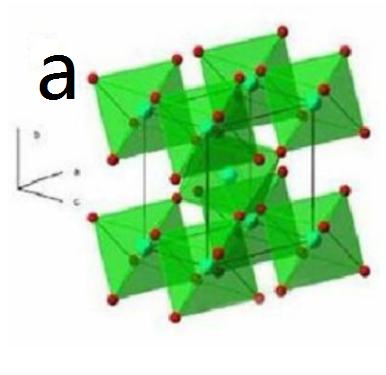
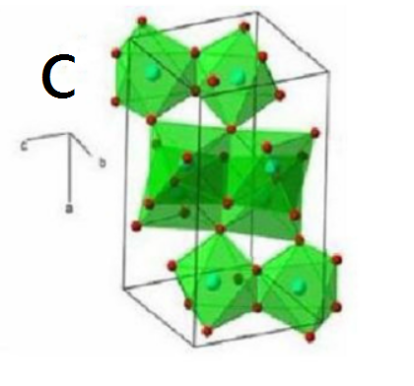
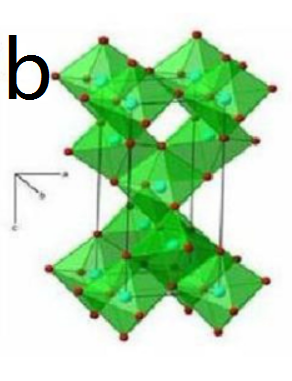
相关图片展示:
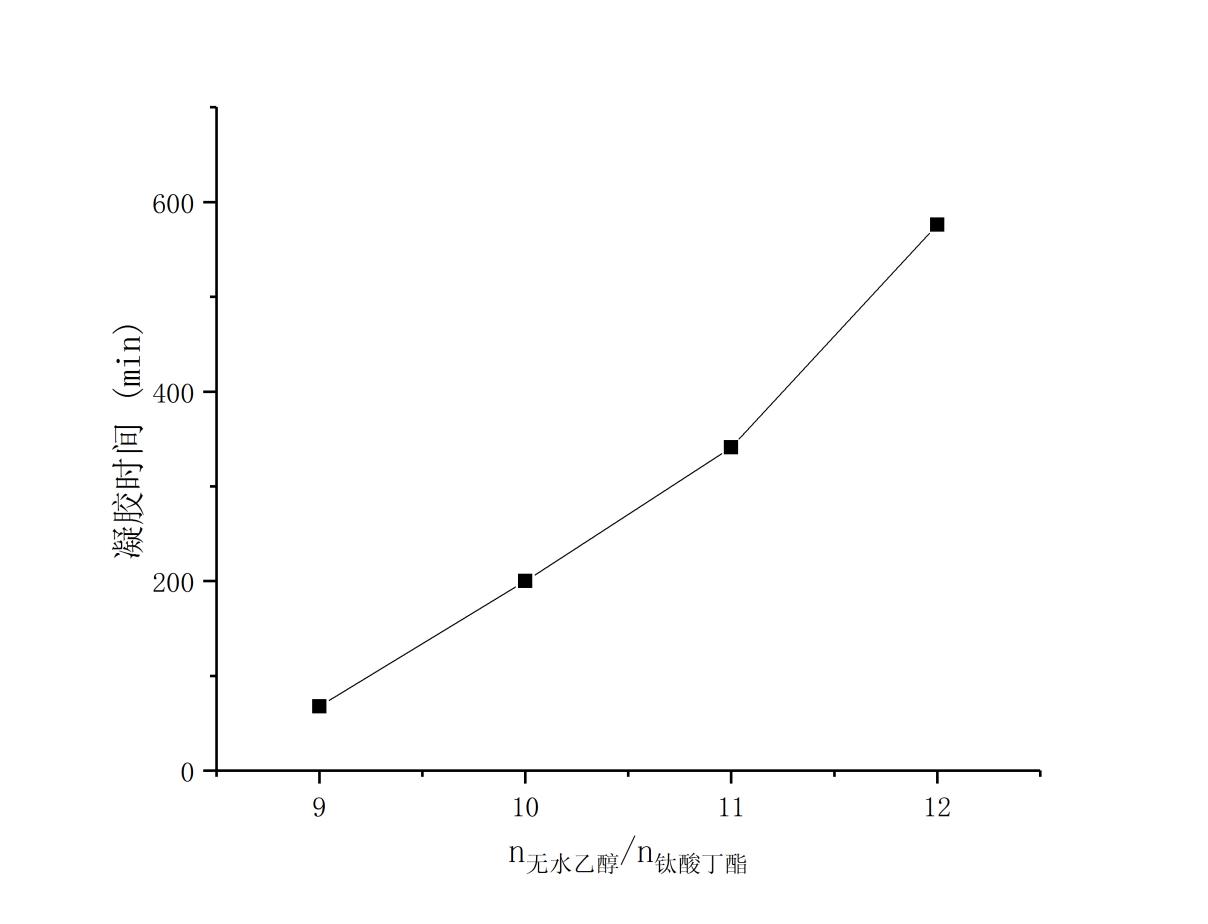
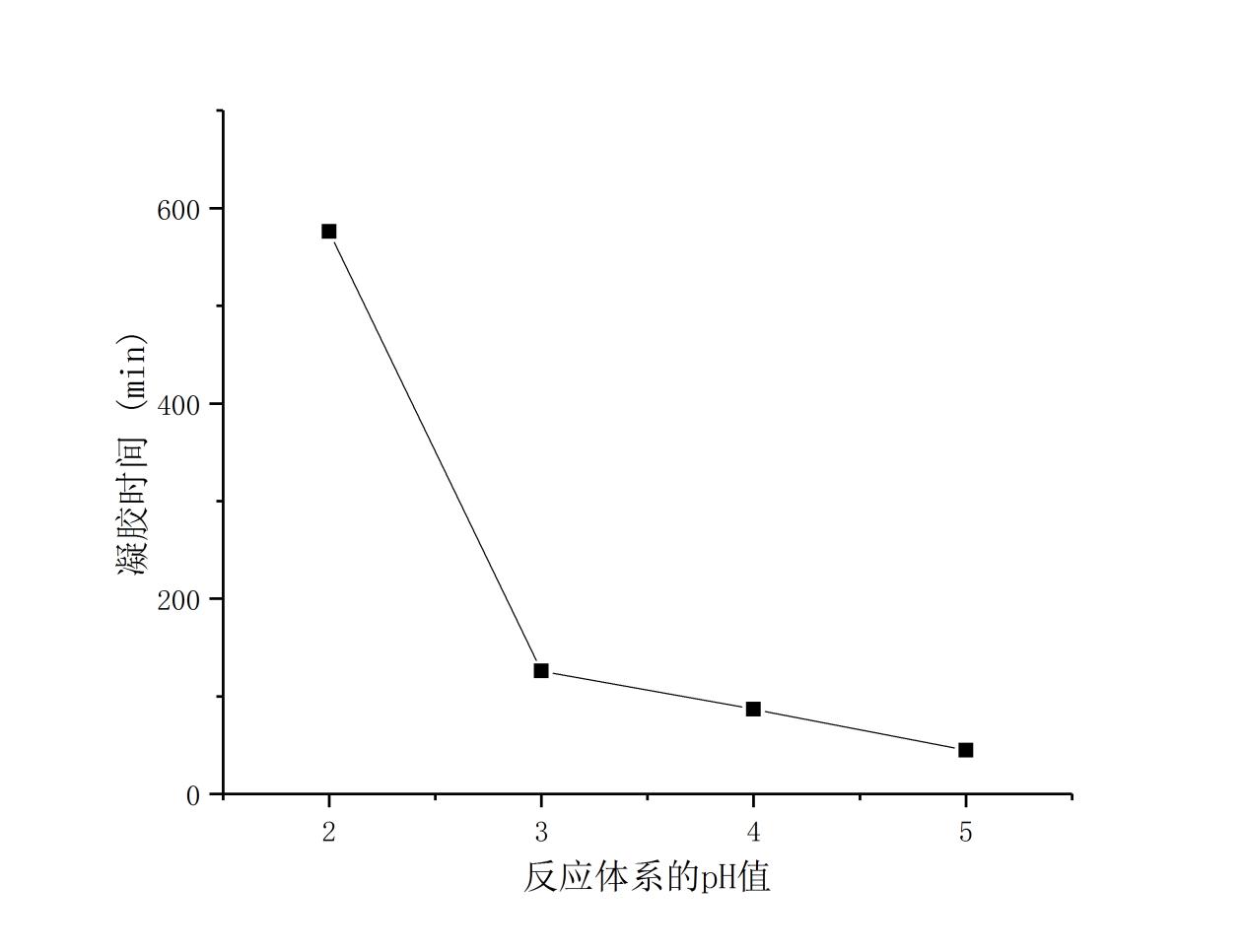
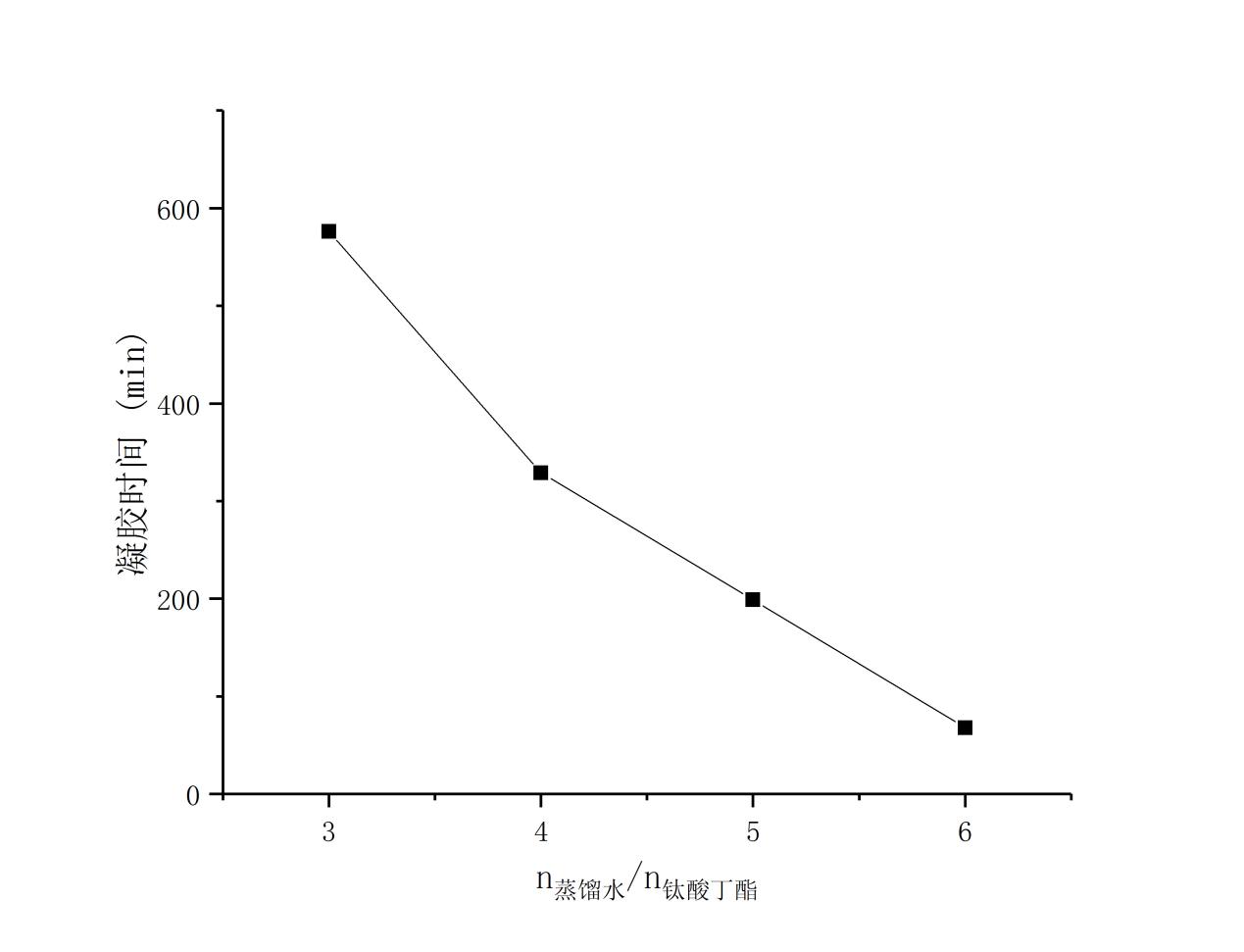
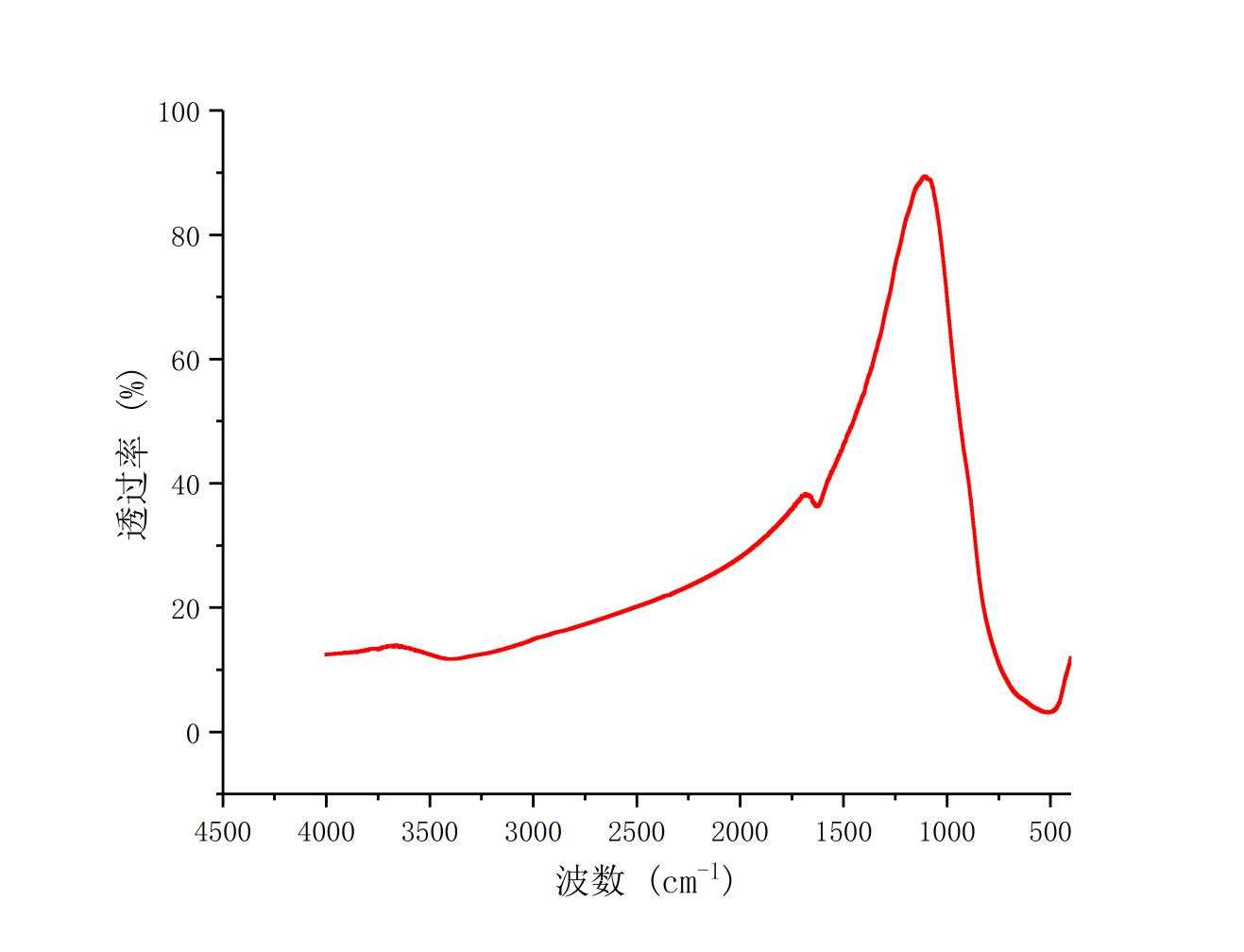
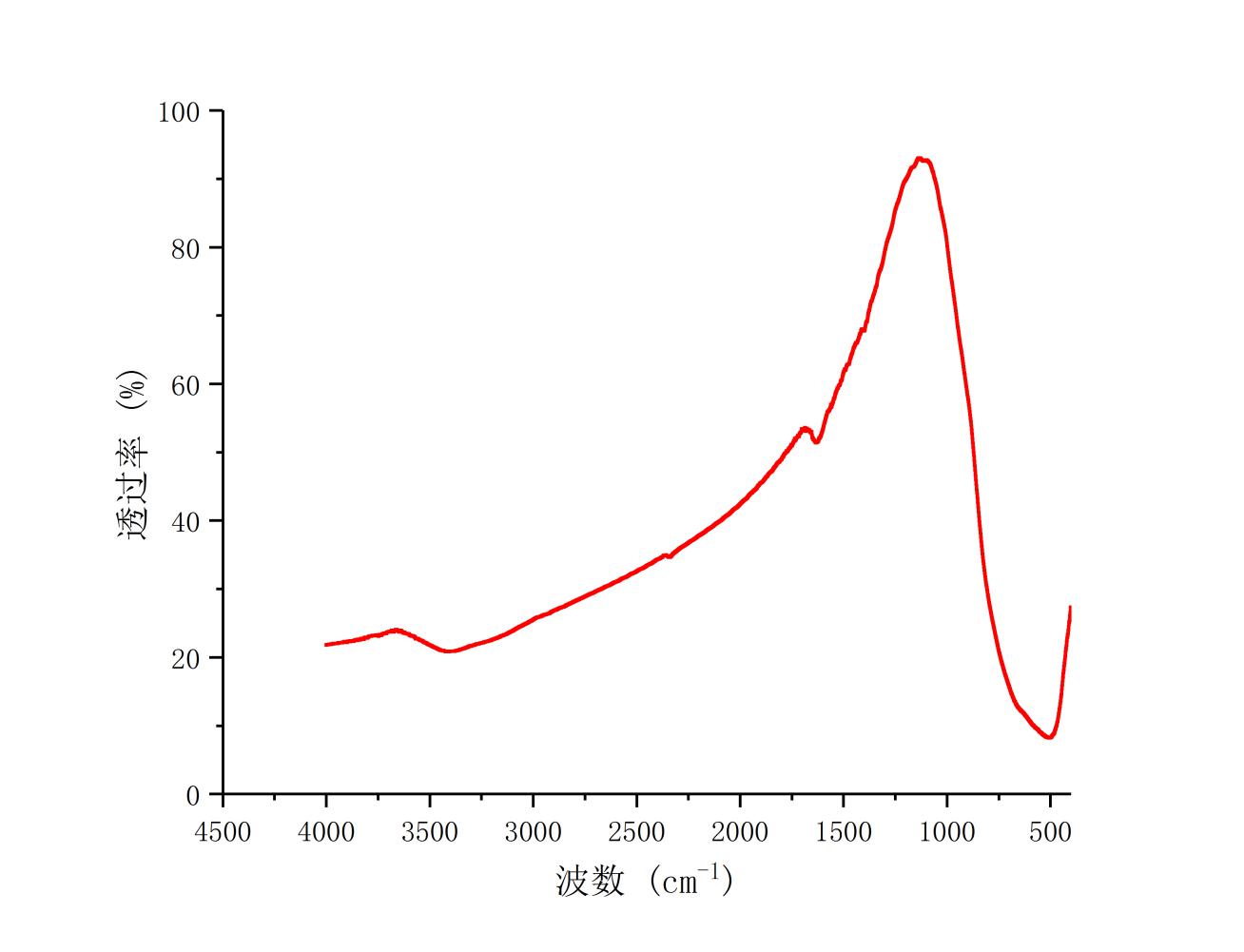
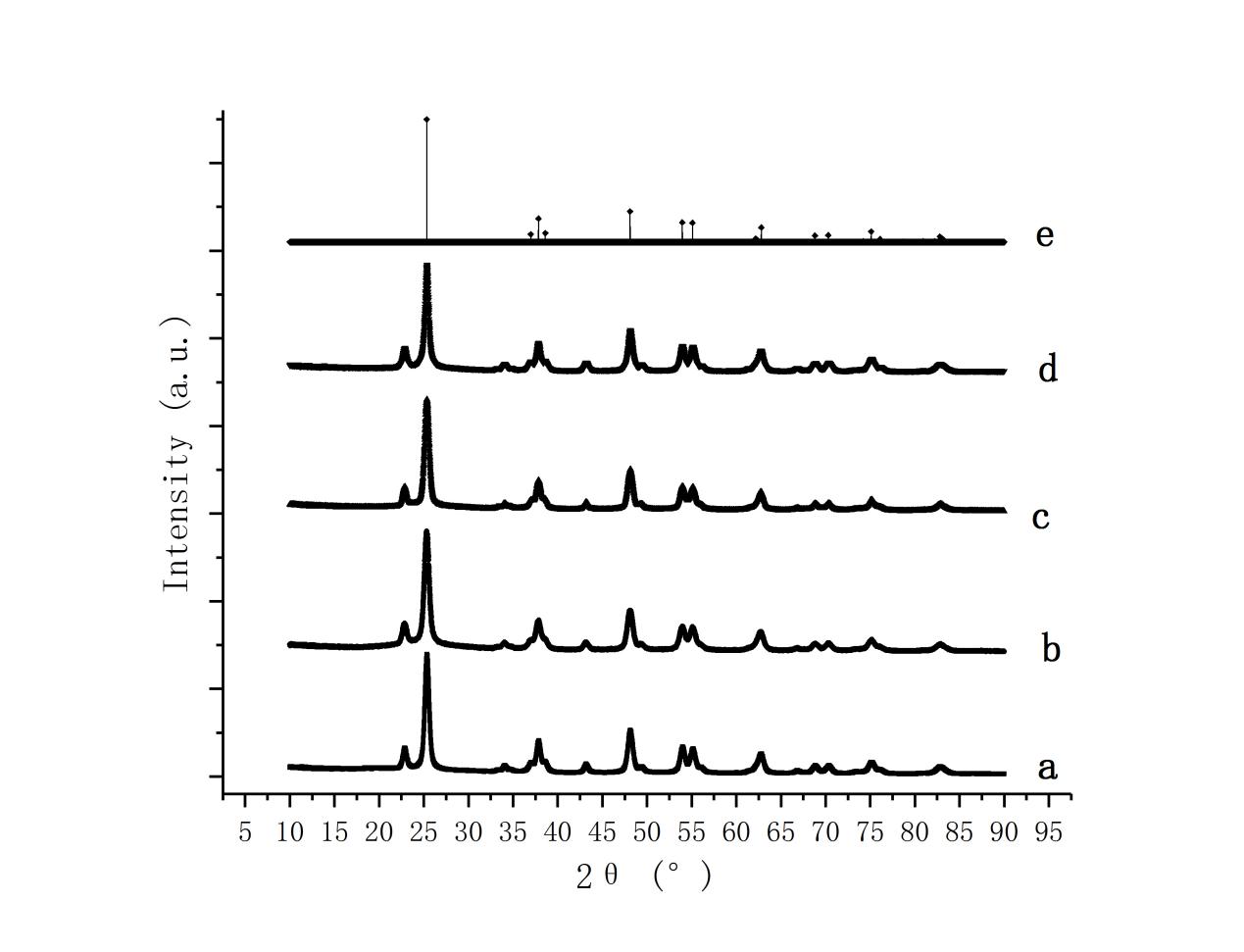
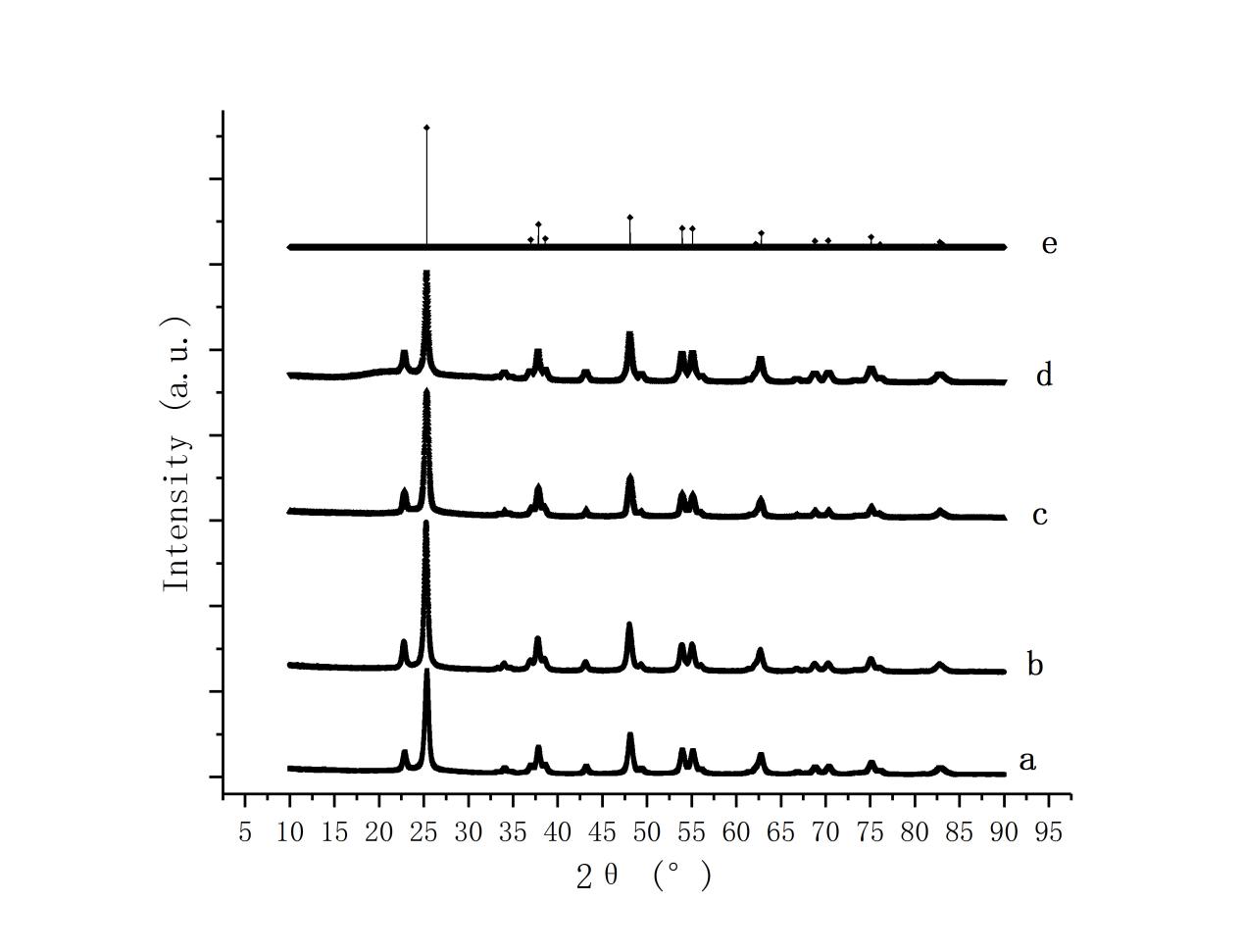
您可能感兴趣的文章
- BN嵌入型四苯并五苯:一种工具高稳定性的并五苯衍生物外文翻译资料
- MoS2和石墨烯作为助催化剂在增强的可见光光催化H2生产活性的多臂CdS纳米棒的作用外文翻译资料
- 通过在BiVO4的不同晶面上进行双助剂的合理组装制备高效率的光催化剂外文翻译资料
- 非编码RNA的固相合成研究外文翻译资料
- 氢化驱动的导电Na2Ti3O7纳米阵列作为钠离子电池阳极外文翻译资料
- 高能量及功率密度的可充电锌-二氧化锰电池外文翻译资料
- 利用导电聚合物纳米线阵列来增强电化学性能外文翻译资料
- 自支撑Na2Ti3O7纳米阵列/石墨烯泡沫和石墨烯泡沫准固态钠离子电容器电极外文翻译资料
- 基于碳纳米管金纳米粒子辣根过氧化物酶构建的过氧化氢生物传感器毕业论文
- 新型联二吡啶Pt(II)炔配合物的设计、合成及光物理性质研究毕业论文




